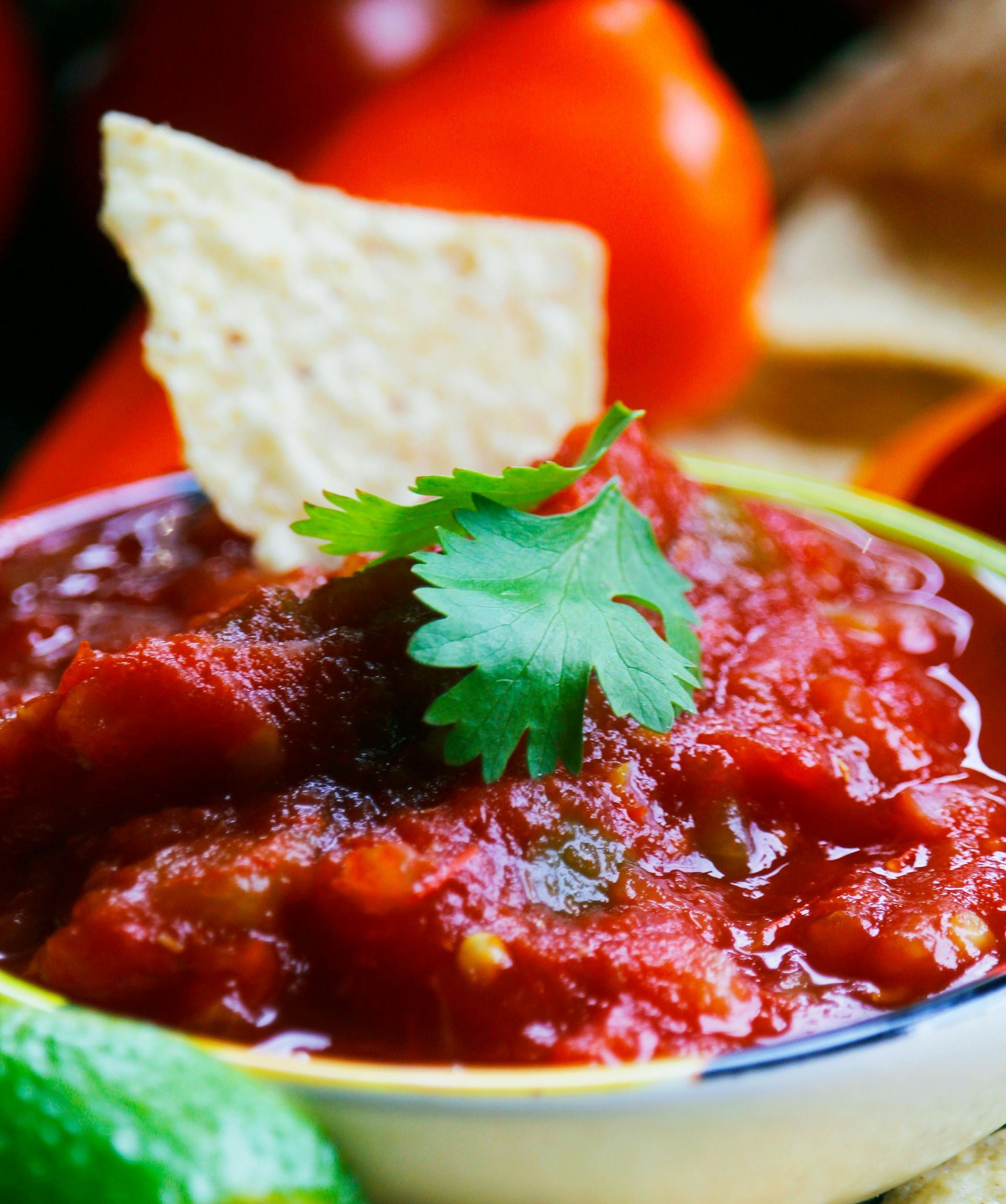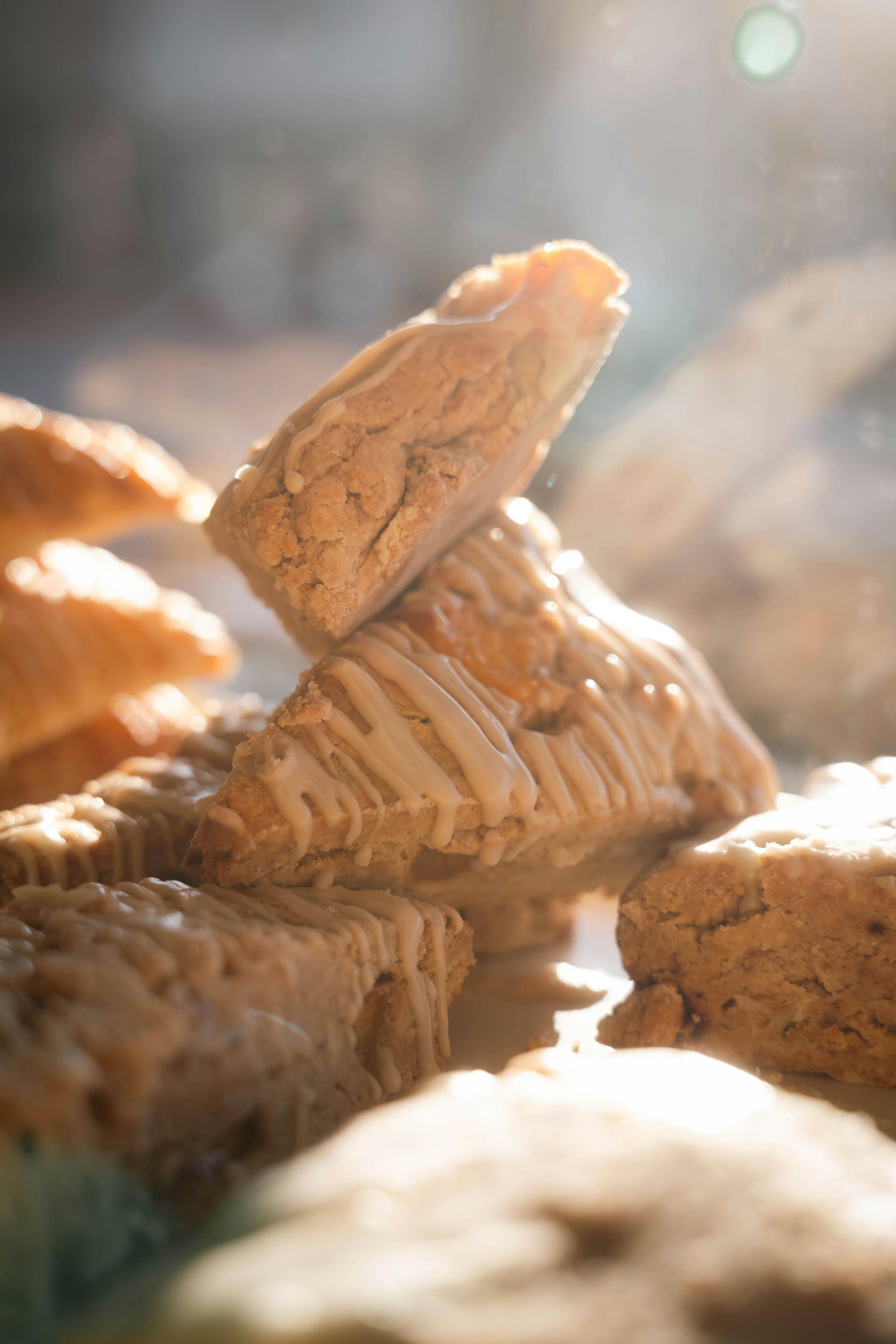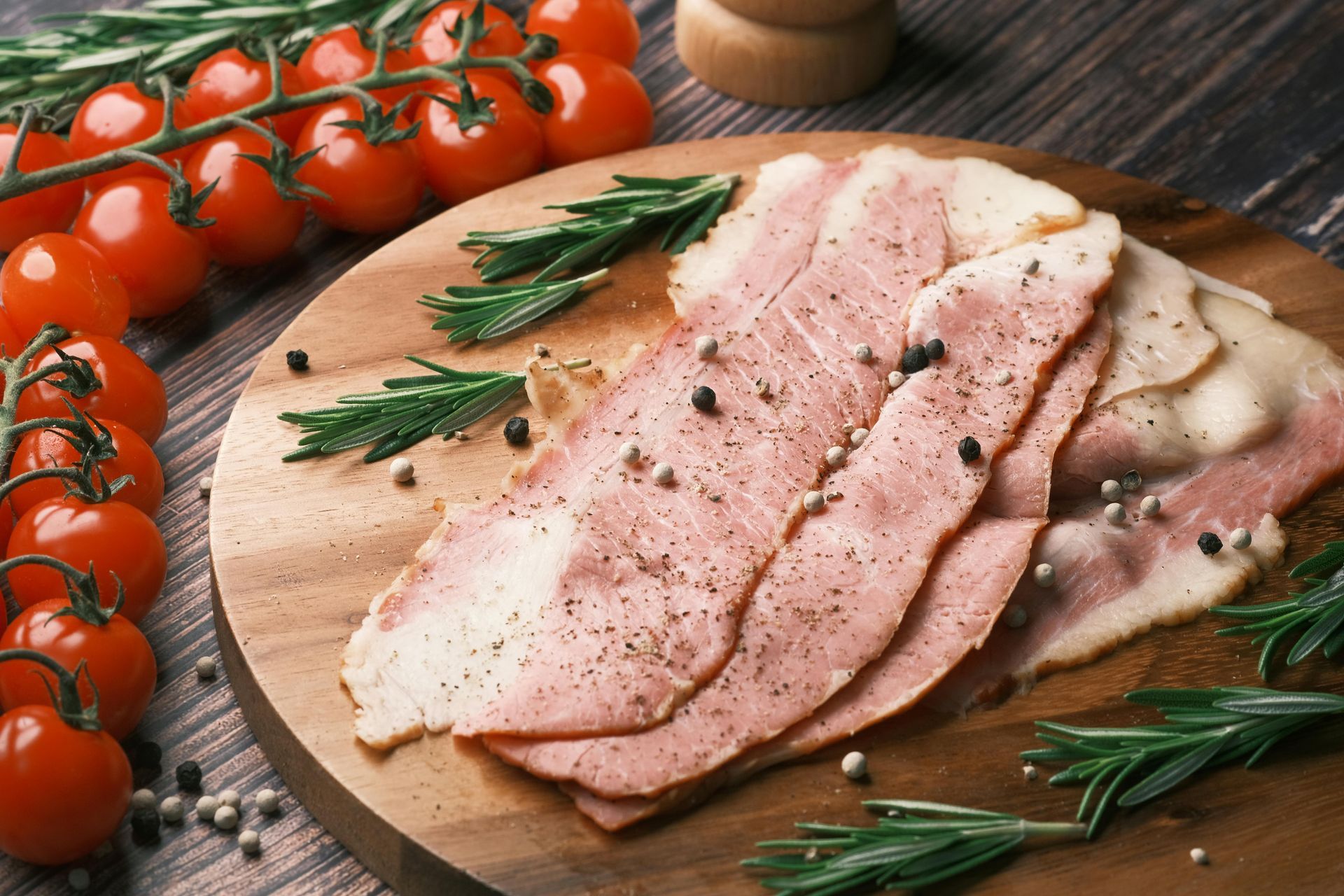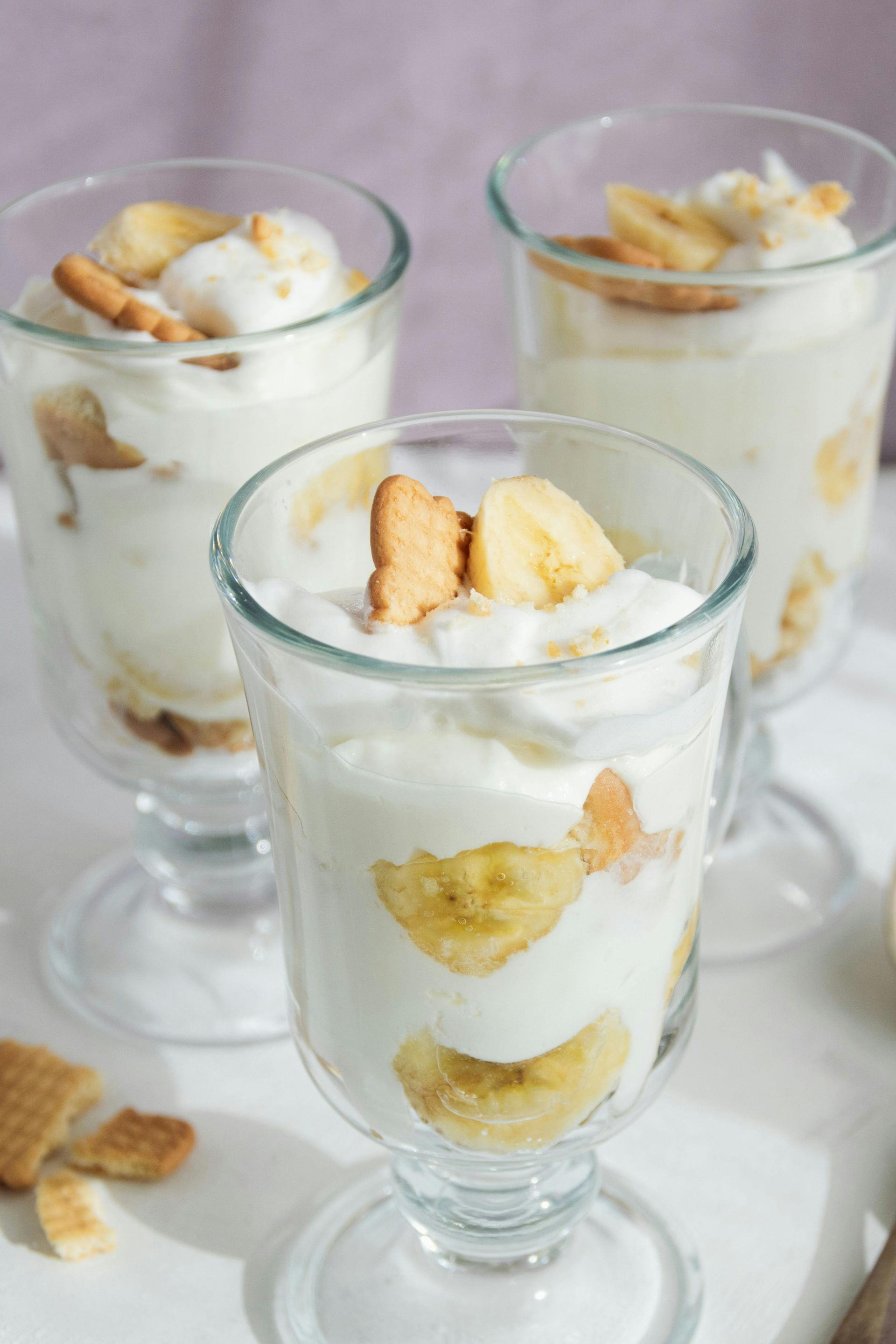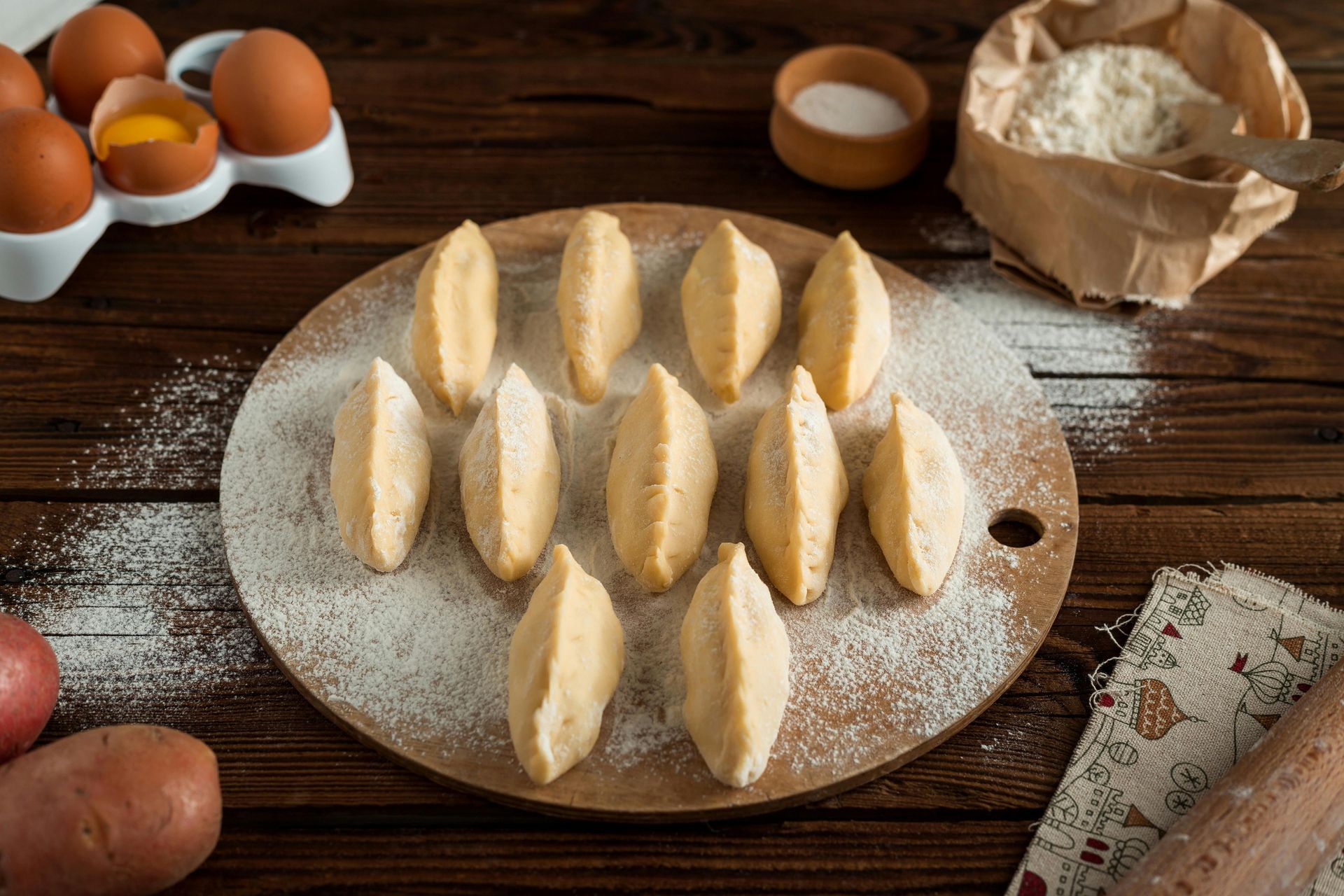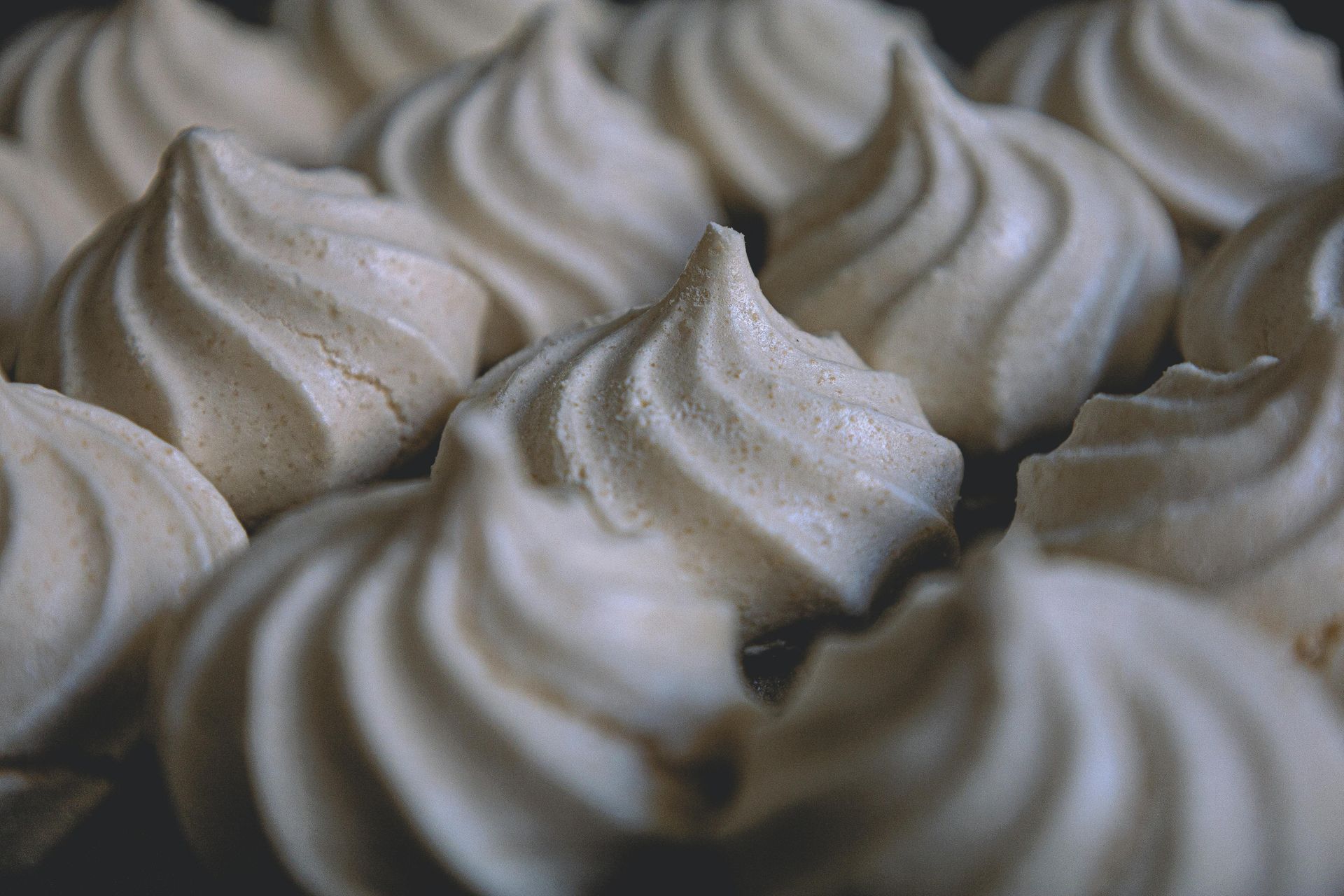Sourdough Bread
Newsletter: January 2025
Recipe: Sourdough Bread
Staff Member: Hannah Carter
One of Hannah's favorite things to do in the winter months is to bake bread. She enjoys the ritualistic simplicity of feeding the sourdough starter every morning. She believes that there's nothing quite like the cozy ritual of baking sourdough bread on a chilly day. The warmth of the oven fills the kitchen, the scent of freshly baked bread wraps around you like a soft blanket, and the simple act of kneading dough becomes a moment of mindfulness. As the cold settles outside, there's a quiet joy in creating something so comforting and wholesome, perfect for sharing.
The Ultimate Homemade Sourdough Bread
Advanced, Two-Loaf Recipe for Sourdough Purists
If you’re ready to level up your sourdough game, this is the recipe for you. Designed for those already familiar with the basics, this advanced sourdough loaf focuses on time, temperature, and technique to yield a deeply flavorful, artisan-style bread with a chewy crumb and crisp crust.
Ingredients
Yields 2 loaves
Levain
- 35g mature sourdough starter
- 35g all-purpose flour
- 35g whole wheat flour
- 70g filtered, room temperature water
Dough
- 804g bread flour (plus extra for shaping)
- 75g whole wheat flour
- 740g filtered water, divided
- 18g fine sea salt
- Rice flour (for dusting bannetons)
Instructions
1. Build the Levain
Mix starter, both flours, and water in a clean jar. Cover loosely and let rest in a warm spot (around 78°F/25°C) for 5–6 hours, or until it peaks and just begins to fall.
2. Autolyse the Dough
About 1.5 hours before your levain is ready:
- Combine bread flour and whole wheat flour in a large bowl.
- Warm 660g of the total water to ~90°F (32°C). Mix with the flour until fully hydrated—do not overmix.
- Cover and let rest for 1–1.5 hours alongside the levain.
3. Mix Levain Into Dough
- Add the levain to the dough. Use reserved water to help incorporate it using the "dimple and fold" technique.
- Begin slap-and-fold kneading on an unfloured surface for 3–5 minutes until dough starts to smooth and firm up.
Return to the bowl, cover, and let rest for 25 minutes.
4. Add Salt & Final Water
- Sprinkle salt over the dough. Add remaining water and mix thoroughly.
- Perform another 2–3 minutes of slap and folds.
- Cover and move to a warm spot for bulk fermentation.
Bulk Fermentation (4.5 hours total)
You’ll perform 6 sets of stretch-and-folds:
- First 3 sets: every 15 minutes
- Last 3 sets: every 30 minutes
After the final fold, let the dough rest undisturbed for 2–2.5 hours.
Shaping
- Divide dough into 2 equal pieces on an unfloured surface.
- Pre-shape each into a loose boule. Let rest 20 minutes.
- Perform final shaping: stretch, fold, and roll to build tension.
- Place seam-side up in floured bannetons lined with kitchen towels.
- Cover and refrigerate 12–14 hours.
Baking
Preheat your oven to 500°F (260°C) for 1 hour with a cast iron combo cooker inside.
Bake the First Loaf:
- Turn dough out onto the shallow part of the cooker.
- Score down the center with a lame.
- Cover and bake for 20 minutes.
- Uncover, reduce to 450°F (232°C), and bake 20–30 minutes more until deeply browned.
- Cool on a wire rack.
Repeat for second loaf, reheating combo cooker for 15 minutes before baking.
Pro Tips
- Use filtered water for better fermentation.
- Maintain your starter regularly for consistent results.
- Don't skip preheating—hot ovens and hot pans make all the difference.
- Let the bread cool completely before slicing for the best texture.
Recent Posts

